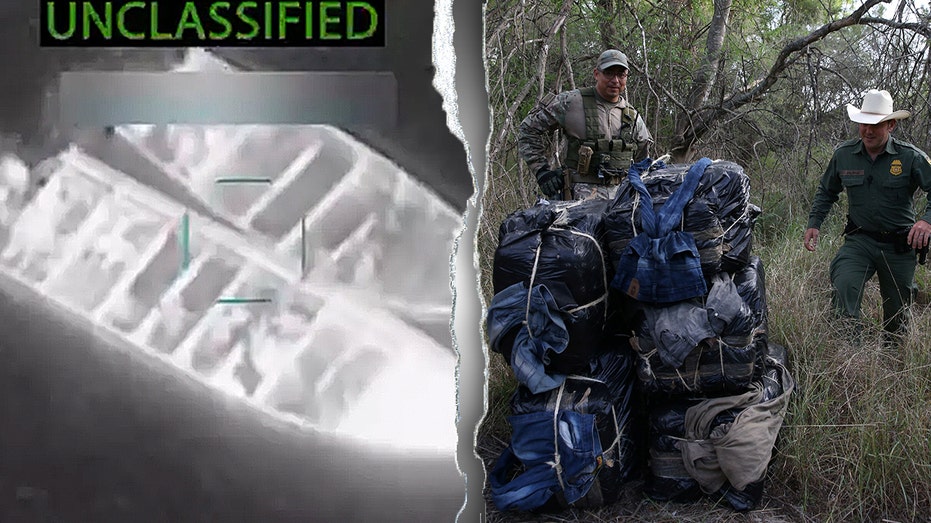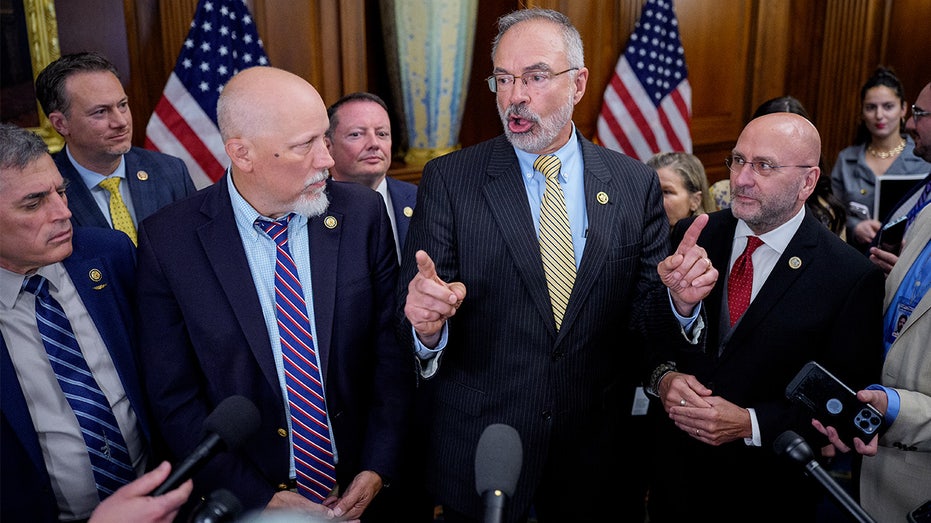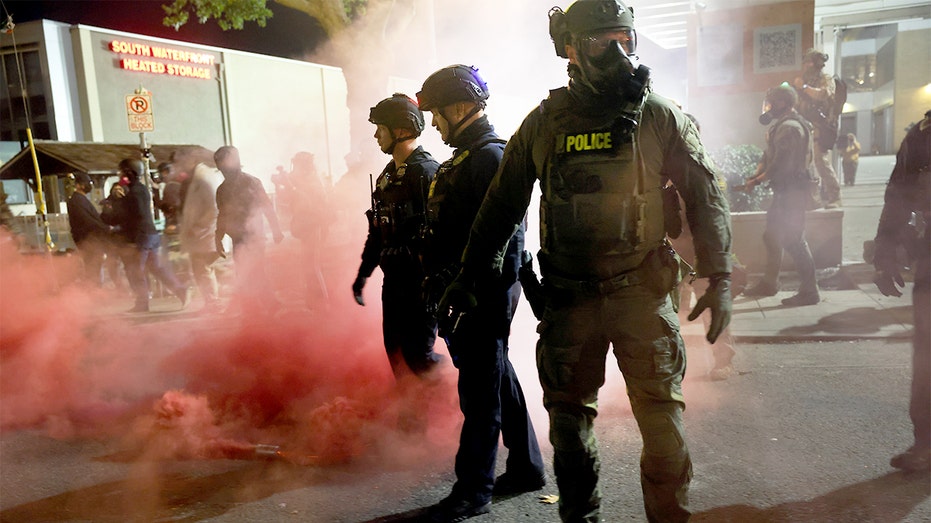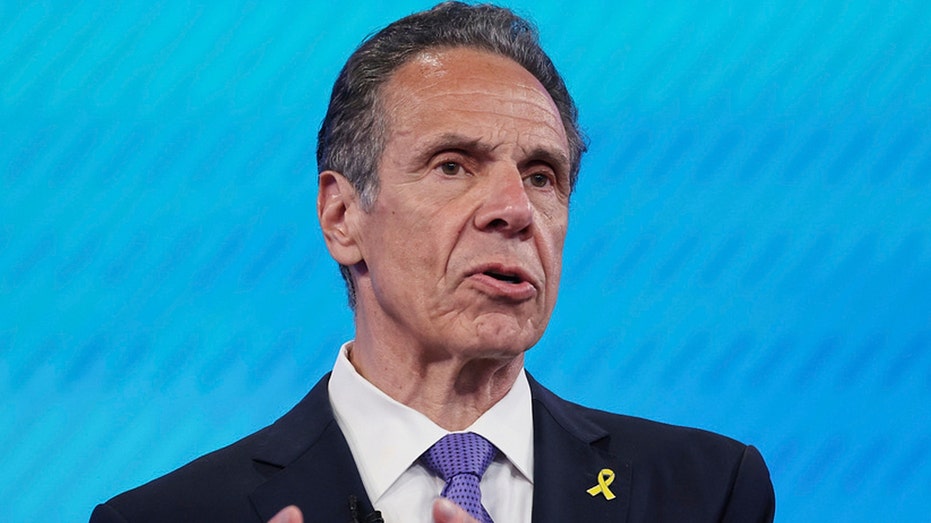Somewhere in the vast Caribbean Sea, a U.S. Navy radar locks onto a rapidly moving vessel. The target: a ship suspected of ferrying cocaine towards American shores. This isn’t an isolated incident, but a resurgence of a focused, and often dangerous, maritime campaign against drug trafficking. The battlefront has quietly returned to the Western Hemisphere. But the cartels are not passive victims. They are masters of adaptation. As pressure mounts at sea, they’re shifting tactics, increasingly turning to the skies to transport their illicit goods. Air transport is more costly and limits volume, but it’s a calculated risk – a desperate attempt to maintain profitability in the face of relentless interdiction. This shift reveals a critical truth: squeezing the maritime routes forces traffickers to expose new weaknesses. It creates opportunities for the U.S. to exploit vulnerabilities, but only where it has the freedom to operate. Just across the Gulf of Mexico, near the source of the overwhelming majority of America’s fentanyl, a stark contrast emerges. Silence. No naval presence, no drone strikes, no direct action within Mexican territory. Recent data paints a grim picture. A 2024 DEA report confirms that nearly all methamphetamine sold in the U.S. is now manufactured in Mexico, reaching unprecedented levels of purity. Customs and Border Protection seized over 27,000 pounds of fentanyl along the border in 2023 alone. Despite these seizures, border apprehensions have reached their lowest levels since 1970. China remains the primary source of precursor chemicals fueling the fentanyl and methamphetamine trade, but Mexico is the central hub for production and trafficking. Cocaine continues to flow from Venezuela and Colombia. The geographical realities dictate the strategy. Operating on land introduces a complex web of sovereignty concerns and the potential for devastating collateral damage. Experts argue the U.S. should concentrate its efforts where it has the strongest legal and political standing – at sea and in international airspace. Cutting off the cartels’ financial lifelines and trade routes, the theory goes, will ultimately lead to their collapse. Deprive them of their money, and the entire structure will crumble. Past discussions, including alleged proposals during the Trump administration to bomb Mexican drug labs, highlight the temptation for more aggressive action. However, these ideas collide with the complex realities of the U.S.-Mexico relationship. Mexico is fundamentally different from Venezuela, a nation where the U.S. has historically exercised greater military latitude. Venezuela’s comparatively weak military and a recent congressional declaration labeling it a “narco-terrorist” state provide a legal justification absent in the case of Mexico. Furthermore, the U.S. enjoys a generally strong and vital partnership with Mexico, extending far beyond security concerns. Mexico is America’s largest trading partner, a relationship too valuable to jeopardize. Any overt military operation within Mexico risks unraveling this crucial partnership, potentially disrupting cooperation on migration and drug enforcement – cooperation the U.S. desperately needs to maintain stability at the border. The fight has therefore shifted to more subtle fronts: intelligence gathering, aerial surveillance, and enhanced maritime interdiction. The focus remains on striking the cartels where they are most vulnerable and where the legal framework is most secure – at sea and in the skies. This approach avoids the political and ethical minefields of operating on Mexican soil. It minimizes the risk of collateral damage and respects national sovereignty. This isn’t simply about drug interdiction. The increased pressure on Venezuela, including alleged CIA authorization to take action against Nicolás Maduro, suggests a broader strategic objective. Venezuela’s weakness makes it a prime target for exerting political pressure through counternarcotics operations, disrupting a key economic lifeline for the Maduro regime. Another vulnerability has emerged in French Guiana, a French overseas territory. Lax customs rules allow shipments to enter the EU’s open-border zone with minimal scrutiny, providing a pathway for cocaine and other narcotics to reach Europe under the protection of EU regulations. This loophole, experts warn, urgently needs to be addressed.
TRUMP ABANDONS BORDER DRUG WAR: What Just Changed?!

Share this article
Related Articles
Trending Now
Article Info
Category
Politics
Views
39
Published
Oct 29, 2025
Last Updated
1 hour ago





